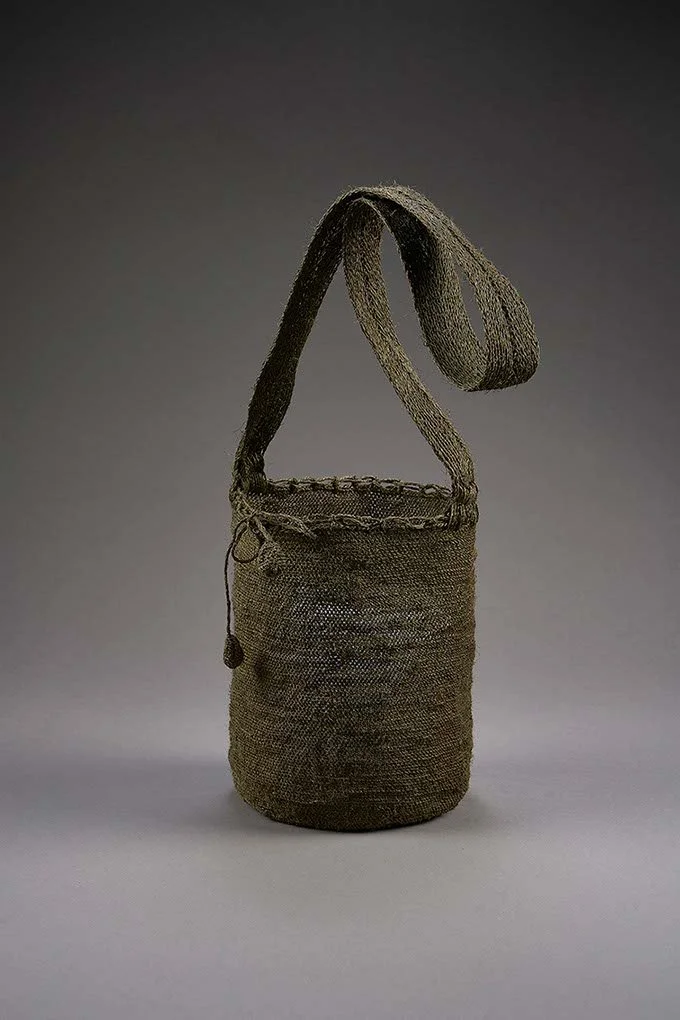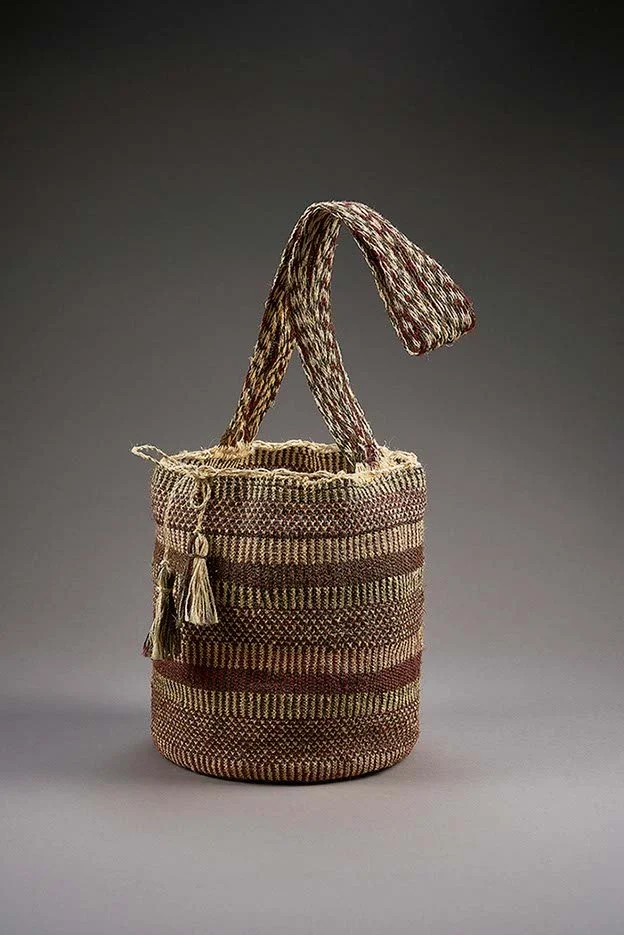Carolina Arias
Thoughtful Bags, In Every Sense of the Word
Carolina Arias represents the Chemesquemena community, one of 12 communities that makes up the Kankuamo reservation in Colombia. The Kankuamo are known for their mochila bags, made of maguey fique (agave fibers), a practice that is a fundamental part of Kankuamo identity as it weaves together community, connection to land, origin stories, and economic prosperity.
The practice begins with the extraction of the pencas (leaves), which is traditionally performed by men. Then, fibers are stripped, cleaned, and spun into thread for weaving. Artisans soak the threads in guava or avocado leaves before the dyeing process so they can absorb the dyes better. Natural dyes derived from coconut, cayenne, al nola, maguey root, onion skin, and glossy ibis are used. In order to calculate dimensions, materials, and weight, the weaver decides how the bag will be used. Then, they begin weaving the “chipirito”, the base of the bag that represents the beginning of the universe. Moving from the origin, the thoughts, sensations, and feelings of the weaver are present as the bag grows into its shape. Once the bag is ready for sale, it is typically taken to the Mamo (spiritual authority), who ritually blesses the bag to be sold.
Traditionally, men have been responsible for the harvesting of maguey and women for the actual weaving, as it is said that weaving is the materialization of what it means to be a woman for the Kankuamo community. However, external factors have changed these dynamics. As armed conflicts intensified in the region, men were forced into military recruitment, community leaders were killed, and agricultural lands were fumigated with glyphosate. Activities that typically fell to men, like agriculture and animal husbandry, became too dangerous. Weaving mochila bags became a means for men to provide for their families. Today, 30% of the artisan population on the reservation are men.
Carolina’s mother shared with her from an earlier age that the weaving of maguey fique must always be present in a woman’s life, as it is crucial for the survival of Kankuamo culture. At the age of eight Carolina began to assist with the loom, at age 14 she made her first mochila. Armed conflict forced Carolina and her family to leave the reservation, moving to Bogotá, where she would eventually study law with the intention of defending the rights of the Kankuamo. Today she is the Manager of the Association of Kankuamas Artisan Women—ASOARKA, recognizing that mochilla weaving not only invigorates the economy, but places women as the primary stewards of tradition, allowing them to “rediscover their being, their relationship with divinity, and the harmonies within their communities.”








